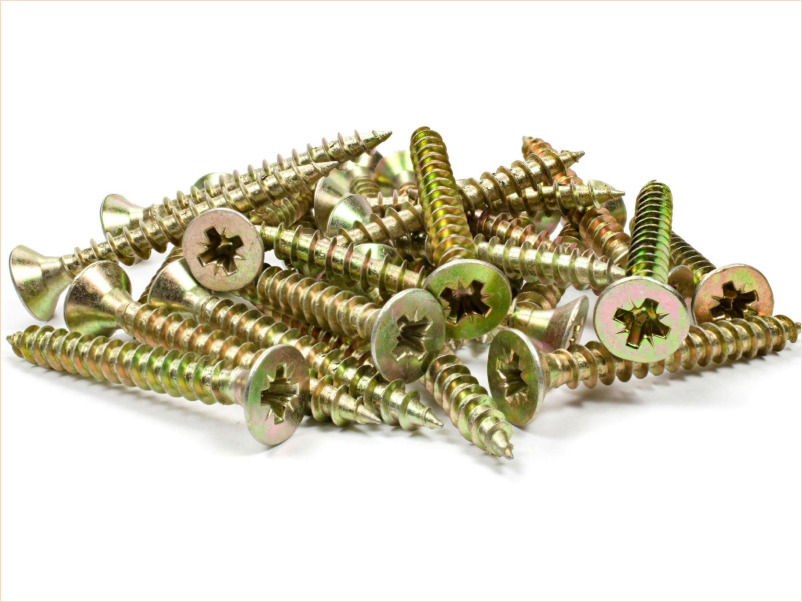


A solid rivet has a manufactured head on one end and a solid shank on the other end.
The shank of the rivet can be produced with a straight cut-off or a chamfered cut-off end. A die point can be manufactured into the shank end to aid alignment during assembly.
Secondary heat treatment (anneal) to the rivet can make the rivet more ductile prior to clinching in certain applications.
Rivets can be hardened for some applications to improve strength and durability.
Rivet plating and coating options are selected dependent on the application.



Semi-tubular and tubular rivets are excellent fastners to quickly and inexpensively join work-piece materials together.
The tubular portion of the rivet may be fastened to a tight or loose (hinged assemblies) fit depending on the application.
Riveted work-pieces are most often joined together by impacting or compressing the tubular end of the rivet with a crimping die (rivet anvil).
The length of the rivet shank must be long enough to pass through work-piece with enough shank length left over for clinching process.
The tightness of the clinched joint is determined by the amount of force applied to the clinched end of the rivet and can easily be adjusted.





Shoulder rivets quickly and inexpensively join work-piece materials together while permitting rotation of the riveted work-piece.
The shoulder of the rivet acts as a bearing surface when the rivet shank is clinched tight to the non-rotating part of the work piece(s).
Shoulder rivets can act as slides, stops or guide points for assembled work-pieces. On bolt-less shelving units, the shoulder portion of the rivet is press fit into a “keyway hole” on the upright leg of the shelf to form a strong removable joint.
Riveted work-pieces are most often joined together by impacting or compressing the shank end of the rivet with a crimping die (rivet anvil).


